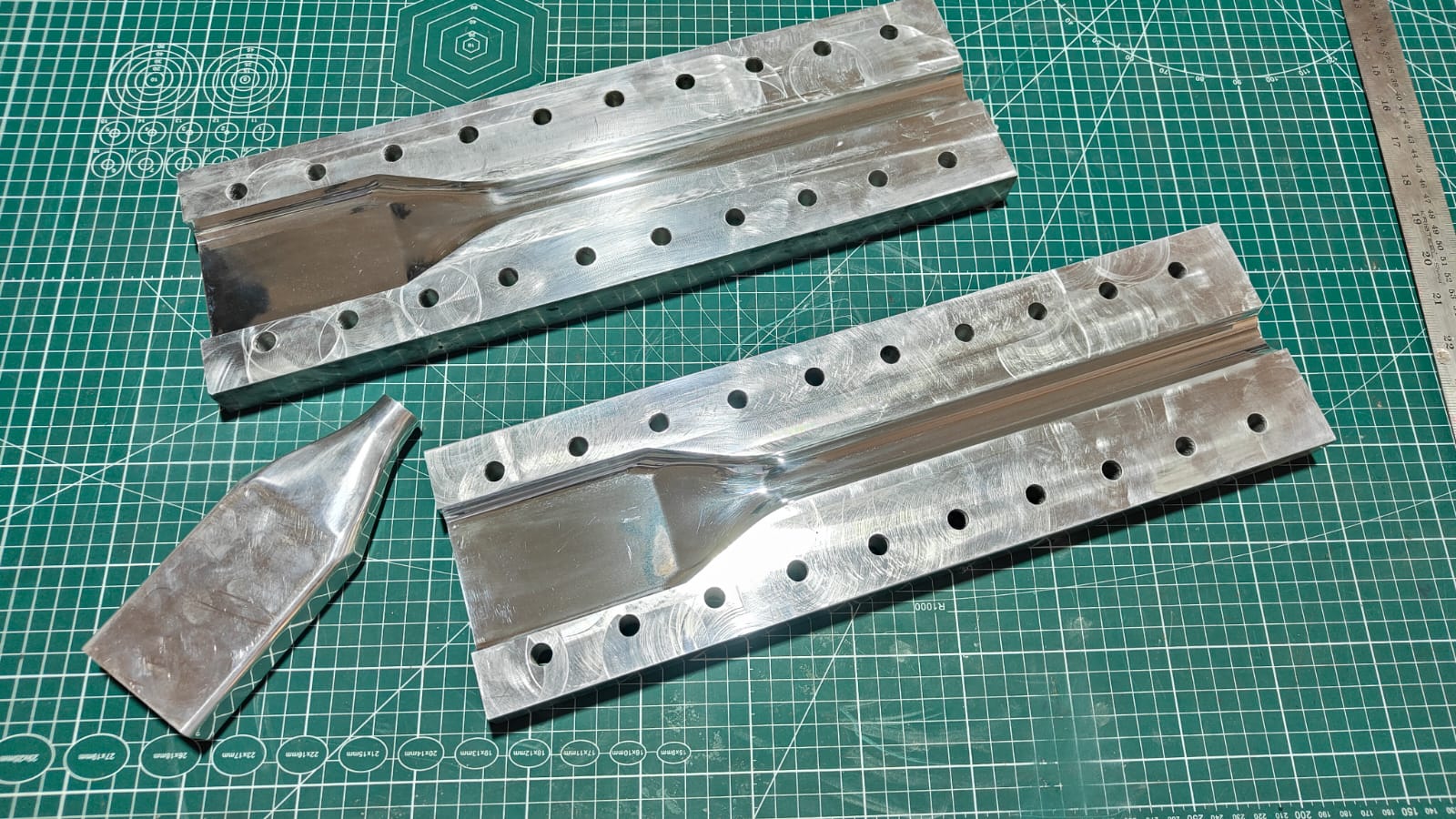First Off: What Is “Curing”?
In simple terms, curing is the step where carbon fiber turns from a floppy stack of fabric soaked in resin into a hard, solid, usable plate.
It starts with prepreg — sheets of carbon fiber that already have epoxy resin pre-impregnated into the fabric (hence the name). These layers are stacked up in the shape you want, then pressed, heated, and held under pressure until the resin hardens. That’s curing.
When done right, the result is a sleek, ultra-strong carbon fiber plate. When done wrong? You get bubbles, weak spots, or way too much resin — and that ruins the whole part.

So, What’s the Deal With High-Pressure Curing?
A lot of professional carbon fiber components are cured in an autoclave — basically a high-tech pressure cooker. It applies heat and external pressure (way more than just a vacuum bag can manage).
Here’s the basic flow:
1. Lay it up: You layer the carbon fiber sheets in the right orientation.
2. Seal it tight: Everything goes into a vacuum bag to pull out air bubbles.
3. Apply heat and pressure: Into the autoclave it goes — think ~120–180°C and 5–7 bar of pressure (about 70–100 psi).
4.
5. Cool it off: The part is slowly cooled to avoid internal stress or cracking.
The result? A dense, compact, and super clean carbon fiber plate — no voids, no extra resin, just performance.
Why Does High Pressure Matter?
Pressure isn't just some fancy add-on. It's doing a lot of heavy lifting:
It squeezes out excess resin, which keeps the part light and strong.
It pushes the fibers tighter together, so they carry more load and don’t move around.
It gets rid of air bubbles, which can weaken the part and look awful on the surface.
The more compact the fibers, the stronger the plate — and high pressure makes that possible.

Let’s Talk Epoxy: Less Is More (But Not Too Little)
Epoxy is the resin that binds everything. You need enough of it to coat and glue all the fibers together, but not so much that it becomes a squishy, heavy mess.
In a well-made carbon fiber plate, epoxy should make up about 30–40% of the weight. That balance matters:
Too much epoxy? The part gets heavier, more brittle, and more prone to defects.
Too little epoxy? Fibers don’t bond well — leading to weak spots, dry areas, and failure under load.
That’s why high-pressure curing is such a game-changer. It helps hit that sweet spot — pushing out just enough resin to improve the fiber-to-resin ratio without starving the part of strength.